The Motorola Moto M arrived as a mid-range contender in late 2016, attempting to bridge the gap between budget devices and flagship offerings. With its metal unibody design and respectable specifications, it promised premium aesthetics without the premium price tag. Having spent considerable time with this device, I've formed some strong opinions about where it succeeds and where it falls short of expectations.
Design and Build Quality
Motorola made no compromises with the Moto M's physical construction. The aircraft-grade aluminum body feels substantial in hand, with precisely chamfered edges that catch the light beautifully. At 7.9mm thickness and 163g weight, it strikes an excellent balance between heft and portability. The rear-mounted fingerprint sensor sits perfectly where your index finger naturally rests, though its rectangular shape differs from the circular sensors Motorola typically used during this era.
What surprised me most was the IP68 certification - a rarity in this price segment during its release period. This dust and water resistance gives the Moto M an edge over competitors, allowing worry-free usage in rainy conditions or accidental spills. The curved back panel provides excellent ergonomics, though the glossy finish does attract fingerprints rather aggressively.
Display Performance
The 5.5-inch Full HD IPS LCD panel delivers vibrant colors with decent viewing angles. While it can't match AMOLED's infinite contrast ratios, the 401ppi density ensures crisp text rendering and good sunlight legibility. Motorola included their proprietary Color Enhancement technology which dynamically adjusts saturation based on content - it works surprisingly well for media consumption but can appear oversaturated when browsing static images.
Maximum brightness reaches 450 nits, adequate for outdoor use though not class-leading. Where the display falters is in its slightly warm color calibration out of the box and noticeable backlight bleed at minimum brightness levels. These are minor quibbles for most users but might bother display purists.
Hardware and Performance
Powered by the MediaTek Helio P15 octa-core processor (4x2.2GHz Cortex-A53 + 4x1.8GHz Cortex-A53) paired with Mali-T860MP2 GPU, the Moto M handles daily tasks competently. The 3GB/4GB RAM variants (depending on region) provide enough headroom for moderate multitasking, though heavy app switching reveals occasional reloads. Benchmark scores place it slightly below the Snapdragon 625 devices of its time, but real-world performance feels snappier than numbers suggest.
Gaming performance proves adequate for casual titles like Asphalt 8 or PUBG Mobile at low settings, but graphically intensive games will require quality compromises. Thermal management deserves praise - the metal body effectively dissipates heat during prolonged sessions without uncomfortable hotspots.
Camera Capabilities
The 16MP rear camera with f/2.0 aperture and phase detection autofocus captures detailed shots in good lighting. Color reproduction leans toward natural tones rather than oversaturation, though dynamic range could be better. Low-light performance suffers from noise and loss of detail as expected at this price point. The 8MP front camera delivers respectable selfies with accurate skin tones.
Motorola's camera software remains minimalist compared to competitors. While lacking manual controls or advanced features, the interface is intuitive. The standout feature is the ultra-fast launch time - double-twist gesture activates the camera in under 1.5 seconds, perfect for capturing spontaneous moments.
Battery Life and Charging
With a 3050mAh battery, the Moto M comfortably lasts a full day with moderate usage. The efficient MediaTek chipset and near-stock Android implementation contribute to impressive standby times. My testing showed 5-6 hours of screen-on time with mixed usage including browsing, social media, and light gaming.
The included 10W charger feels outdated even for 2016 standards, taking nearly 2 hours for a full charge. Lack of quick charging support remains a puzzling omission given the otherwise premium positioning. Battery saver modes work effectively when needed, though aggressive app killing can interrupt background processes.
Software Experience
Running near-stock Android 6.0 Marshmallow (upgradable to 7.0 Nougat), the Moto M offers a clean software experience free from heavy skins or bloatware. Motorola's thoughtful additions like Moto Display and Moto Actions enhance usability without cluttering the interface. The fingerprint sensor supports gesture controls for notification shade navigation - an innovative touch at the time.
Where the software falters is in update support. While security patches arrived regularly for about 18 months post-launch, the device never received Android Oreo. This short update cycle remains disappointing considering Motorola's historical commitment to software support.
Audio and Connectivity
The bottom-firing single speaker delivers clear audio with surprising mid-range presence, though bass response is predictably weak. The Dolby Atmos enhancement (headphones only) provides noticeable audio spatialization for movies and music. Call quality excels with excellent noise cancellation during voice capture.
Connectivity options include dual-SIM support (hybrid slot), 4G LTE Cat.6, VoLTE, Wi-Fi 802.11ac, and Bluetooth 4.1. NFC is notably absent in most markets. GPS performance proved accurate during navigation tests with quick satellite lock-on times.
Motorola Moto M Full Specifications:
Dimensions: 151.35 x 75.35 x 7.9 mm
Weight: 163 grams
Build: Aluminum unibody, IP68 certified
Display: 5.5-inch IPS LCD, 1920x1080 (401 ppi)
Processor: MediaTek Helio P15 (MT6755)
GPU: Mali-T860MP2
RAM: 3GB/4GB LPDDR3
Storage: 32GB (expandable via microSD up to 256GB)
Rear Camera: 16MP, f/2.0, PDAF, LED flash
Front Camera: 8MP, f/2.2
Battery: 3050mAh, non-removable
Charging: 10W standard charging
OS: Android 6.0 Marshmallow (upgradable to 7.0 Nougat)
Security: Fingerprint sensor (rear-mounted)
Connectivity: Dual-SIM (hybrid), 4G LTE, Wi-Fi 802.11ac, Bluetooth 4.1, GPS
Audio: 3.5mm headphone jack, Dolby Atmos
Sensors: Accelerometer, gyro, proximity, compass
Final Verdict
The Motorola Moto M represents a compelling mid-range package with standout build quality and reliable performance. While it doesn't excel in any single category, the harmonious combination of premium materials, decent cameras, and clean software creates a cohesive user experience. The IP68 rating remains its killer feature even years later - a rarity in this segment.
Where it falls short is in charging speed and long-term software support. Competitors offered faster charging and more processor power at similar price points. However, for users prioritizing design and durability over bleeding-edge specs, the Moto M delivers where it counts. It's a device that feels more expensive than it is - something few mid-rangers accomplish successfully.
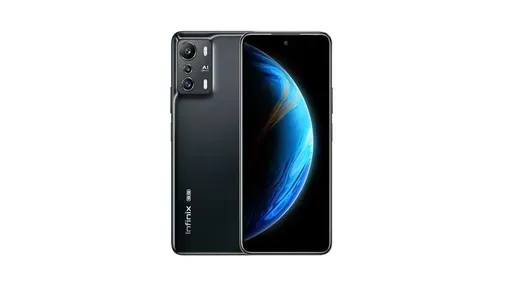
By /Jun 4, 2025

By /Jun 4, 2025
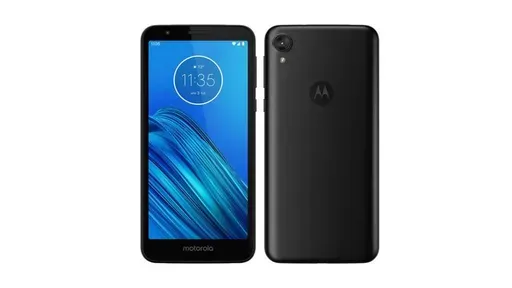
By /Jun 4, 2025

By /Jun 4, 2025

By /Jun 4, 2025

By /Jun 4, 2025

By /Jun 4, 2025
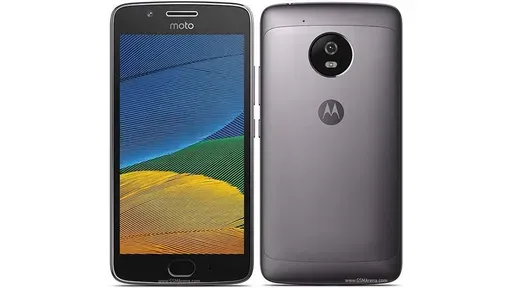
By /Jun 4, 2025

By /Jun 4, 2025

By /Jun 4, 2025

By /Jun 4, 2025

By /Jun 4, 2025

By /Jun 4, 2025

By /Jun 4, 2025

By /Jun 4, 2025

By /Jun 4, 2025

By /Jun 4, 2025

By /Jun 4, 2025

By /Jun 4, 2025

By /Jun 4, 2025

By /Jun 4, 2025

By /Jun 4, 2025

By /Jun 4, 2025
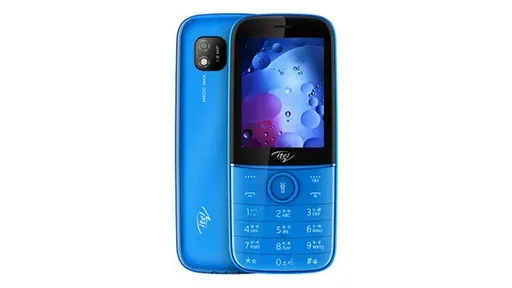
By /Jun 4, 2025

By /Jun 4, 2025

By /Jun 4, 2025

By /Jun 4, 2025

By /Jun 4, 2025

By /Jun 4, 2025

By /Jun 4, 2025

By /Jun 4, 2025

By /Jun 4, 2025

By /Jun 4, 2025
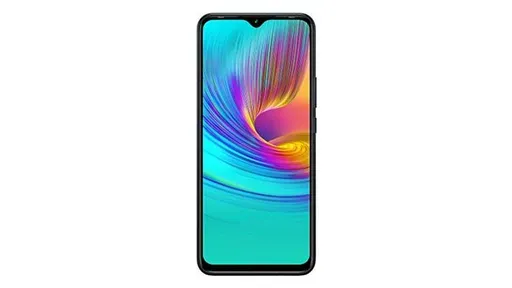
By /Jun 4, 2025

By /Jun 4, 2025